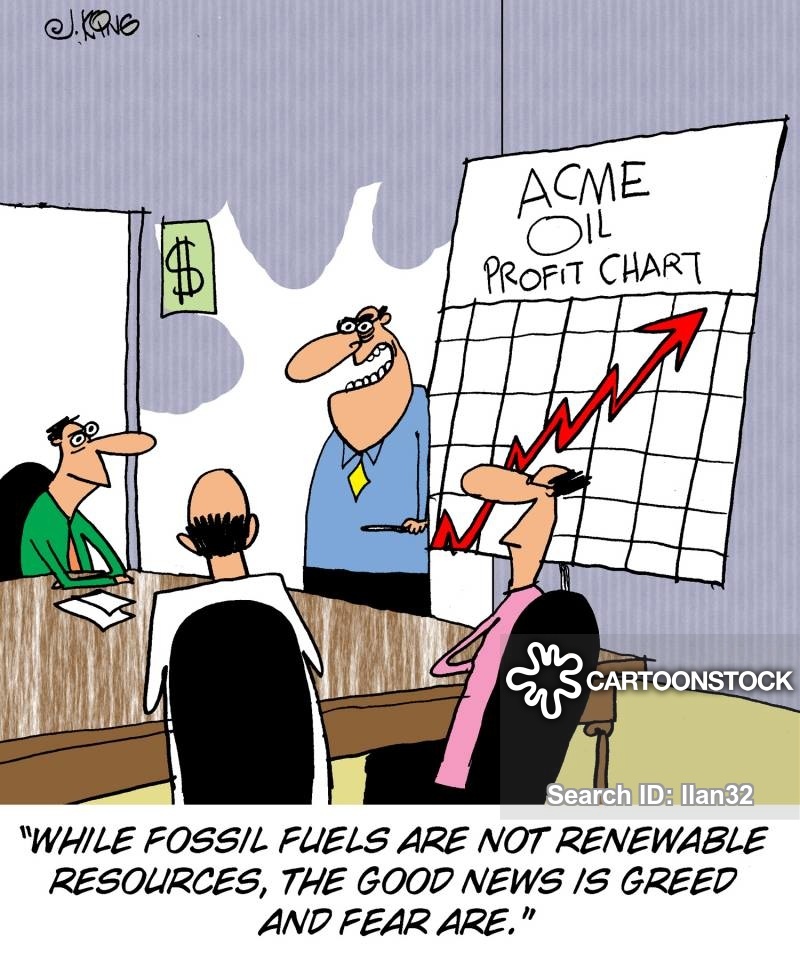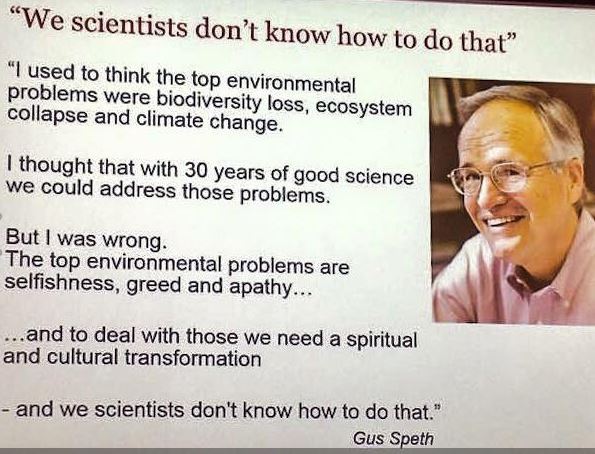U.S. Shale Is Slowing Down Due To Factors Beyond Its Control by David Blackmon, Forbes, June 10, 2023
From its’ January 14 peak, the Enverus Daily Count of active North American drilling rigs has now fallen by 20%.
Baker Hughes said Friday its own weekly rig count has dropped six straight weeks.
One week could be a blip; two straight might be a coincidence; but six straight weeks is definitely a trend.
Given the state of other market factors, it’s a trend that seems unlikely to reverse itself during the second half of 2023, despite continuing forecasts of better times ahead from some analysts and agencies.
What are those other factors? Let’s look at a few:
![]() I think investors might be finally smartening up to the fraud that is frac’ing, toning their relentless greed somewhat.
I think investors might be finally smartening up to the fraud that is frac’ing, toning their relentless greed somewhat.![]()
Saudi Arabia’s announced cut of 1 million barrels per day starting July 1 failed to shore up crude prices.
China’s economic recovery as it emerges from last year’s draconian COVID-19 lockdowns is stalling.
Biden officials are suddenly moving to purchase oil at these low prices in an effort to re-fill the U.S. Strategic Petroleum Reserve.
U.S. shale drillers continue to deal with the massive inflation of the past two years in costs for steel and other critical materials for their operations, along with continuing supply chain disruptions. The higher costs and delays have the impact of raising break-even prices for drilling new wells, which in turn is leading to a scaling-down of drilling budgets as marginal prospects become non-economic.
Saudi Arabia and the United Arab Emirates, now have millions of barrels per day in spare capacity. The national oil companies in those countries would be able to respond far more rapidly to rising commodity prices than the hundreds of U.S. shale producers.
The bureaucratic inertia inside the corporate shale producers makes the raising of drilling budgets in response to short-term price increases difficult to accomplish.


It is key to remember that most of the larger shale producers went through the process of deciding their 2nd half 2023 capital and drilling budgets during April and May, when oil and natural gas prices hovered in the same low range we see today. Thus, these budgets, which kick in on July 1, are almost certain to be lower than the 1st half 2023 budgets, which were determined last October/November amid commodity prices that were considerably higher and expectations that favored a strong Chinese recovery.
Despite these bearish factors conspiring to imply a further slow-down in U.S. drilling during the 2nd half of the year, the U.S. Energy Information Administration (EIA) raised its domestic oil production forecast for 2023 from an average of 12.5 million barrels of oil per day (bopd) to 12.6 million bopd this week. Even with steadily-improving per-well recoveries, technology advances and efficiency gains, this forecast seems unlikely to be met as the number of active rigs continues to decline.
Even if global demand should suddenly begin to recover strongly during the 2nd half of the year, factors would mitigate against shale producers suddenly jumping back into a drilling boom in response.

Refer also to:
2014: The Chevron Frac Guarantee: Our well won’t explode…or your pizza is free!
2012: The Natural Gas ‘Ponzi Scheme’
2012: A “War on Shale Gas”?
One of the first people to raise questions about shale gas’s potential was Arthur Berman, a former Amoco geologist who, at the time, was a long-time contributing editor for an industry magazine called World Oil. But when Berman raised important questions about the ways the shale gas industry calculated their reserves, his column was cancelled by the magazine — amidst pressure from shale gas companies like Petrohawk. Mr. Berman resigned in protest, and within a few days, his editor, Perry Fischer, was fired.
The industry denied that it was responsible — “It is doubtful that his termination was a direct result of comments made by Petrohawk,” the company’s Investor Relations Vice President Joan Dunlap told a Houston Chronicle reporter at the time – but those involved had something different to say. “Let me be clear: The decision to pull Art’s column was due to pressure from these two companies,” Fischer later wrote. Despite this, Arthur Berman was undeterred.
… It’s worth noting that Art Berman’s analysis is looking highly prescient these days. Official government estimates for shale gas have been slashed significantly. And the most basic element of his thesis – that caution is in order because it’s too early to know for sure how much and how long fracked wells will produce — has even been echoed by an unexpected source: former CEO of ExxonMobil Lee Raymond.
2010:

